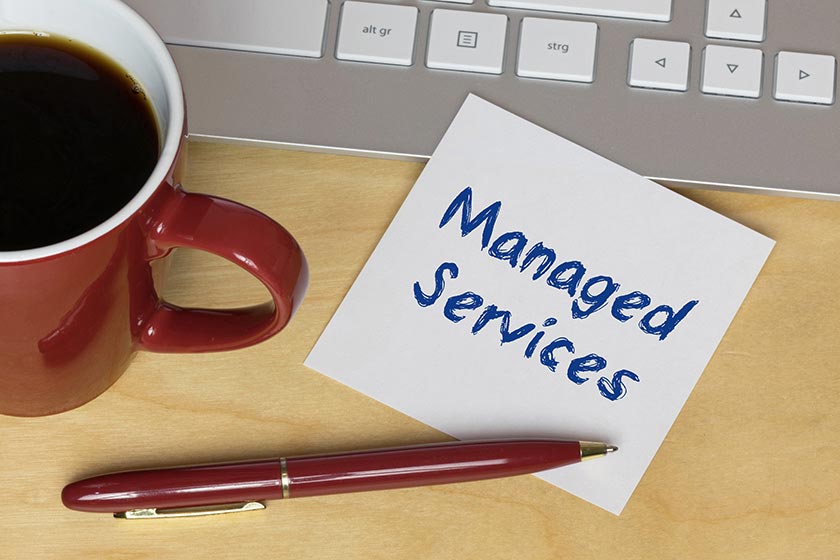Understanding the Buyer’s Journey
You’ve transformed your on-premises IT solutions to the cloud. You’ve transformed your product-focused business to a recurring revenue services model. But there’s one thing left to do—transforming your marketing approach for the buyer’s journey. It’s a matter of attracting and engaging new prospective buyers for your cloud services.
To compete effectively in the age of digital inbound marketing, it’s vital that you fully leverage your website as a vehicle to find, nurture, qualify, and convert new opportunities for your cloud solutions. Your site is a powerful asset that can function as a sales and marketing engine to drive new deals at a very low cost of acquisition—assuming you know a few basic principles of online marketing.
It’s time to graduate from email blasts and AdWords placement to the science of inbound marketing—where educating prospective buyers leads to acquiring satisfied customers. At the core of this new approach to marketing is the simple concept of understanding what makes customers buy, and converting that knowledge into web-based lead generation campaigns.
Understand Your Buyer’s Persona and Journey
Inbound marketing has coined a couple of phrases that you should add to your vocabulary: Buyer Personas and Buyer’s Journey. Don’t dismiss these terms as esoteric marketing jargon. They’re inbound marketing essentials that you, the owner, principal, or executive leader of a Modern MSP must understand and adopt.
Buyer Personas
Inbound marketers begin every campaign planning process with a complete understanding of the buyer persona. That means understanding:
- Their pain points and how they address those pain points
- What their decision-making process looks like
- Who is involved in that process
- Where they look for information
- When their needs trigger a purchasing decision
This information is usually developed with a structured interview process with real buyers who have real needs. Your business may have multiple buyer personas, and each one can be targeted by an inbound marketing campaign.
The Buyer’s Journey
The buyer’s journey often follows a three-step process:
- The Awareness Stage when a problem or a need is first identified and understood
- The Consideration Stage when various alternative solutions for that problem or need are compared and purchasing criteria are established
- The Decision Stage when the best solution for their problem is selected based on their criteria
Mapping the Buyers Journey to the Sales Funnel
The power of understanding your buyer’s persona and journey comes from mapping their decision-making process, and the information they need at each stage, to your sales funnel. This understanding will dictate everything about how your website should be constructed, including page content, blog topics, site navigation, search keywords, offers, events, promotions, and landing pages. When your website is purposefully designed to enable your buyer’s journey, you will get found, get leads and get deals on a consistent basis.

The diagram above illustrates this mapping. On the left are the principal stages of the buyer’s journey. Early on, buyers are not ready for a sales pitch. They’re gathering information. They’re developing an awareness of what problem they are trying to solve and how important it is for them to address. During this “awareness” stage, it’s important for you to provide authoritative content that explains the impact of cloud-related business processes, such as collaboration, mobility, agility, security, disaster recovery, and cost control.
Then, as they enter the “consideration” stage, your buyer will be thinking about solutions for those problems. Their considerations might include cloud-based IT services such as hosted collaboration solutions, mobile applications and device management, cloud-based security and data backup solutions, or the cost impact of pay-as-you-go service plans.
When buyers enter the “decision” stage of their journey, they are ready to apply their own selection criteria for choosing a vendor and suite of services. If you’ve helped them to determine those criteria, imagine how much trust and authority you’ll have established with these buyers. Inbound marketing represents a roadmap for how buyers find you, instead of you finding them. It offers a blueprint for how leads self-qualify, instead of the reverse. And, provides a model for how customer acquisition can be achieved cost-effectively in the era of the cloud.
This post appeared previously on the CSBexcellence blog.


